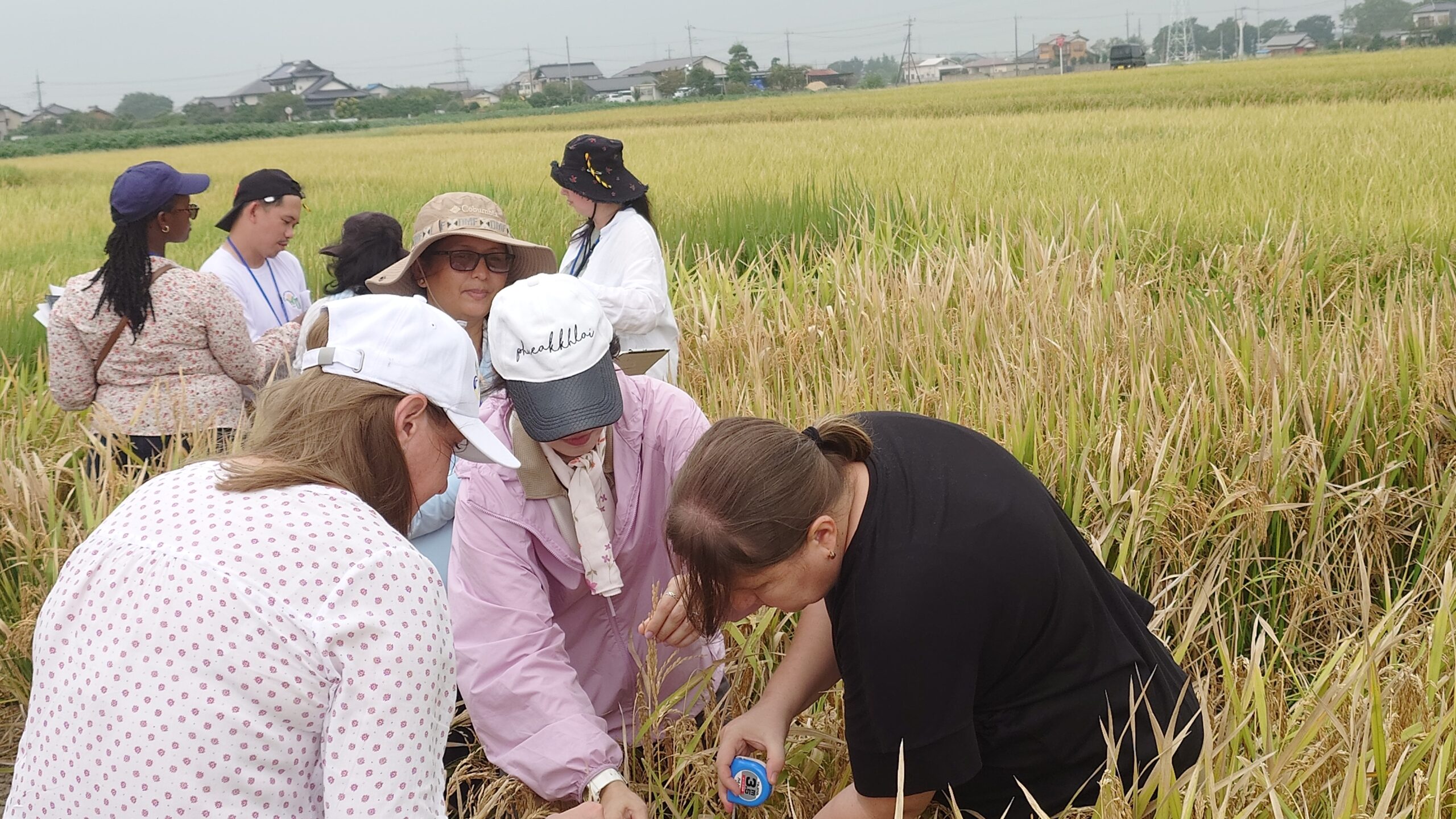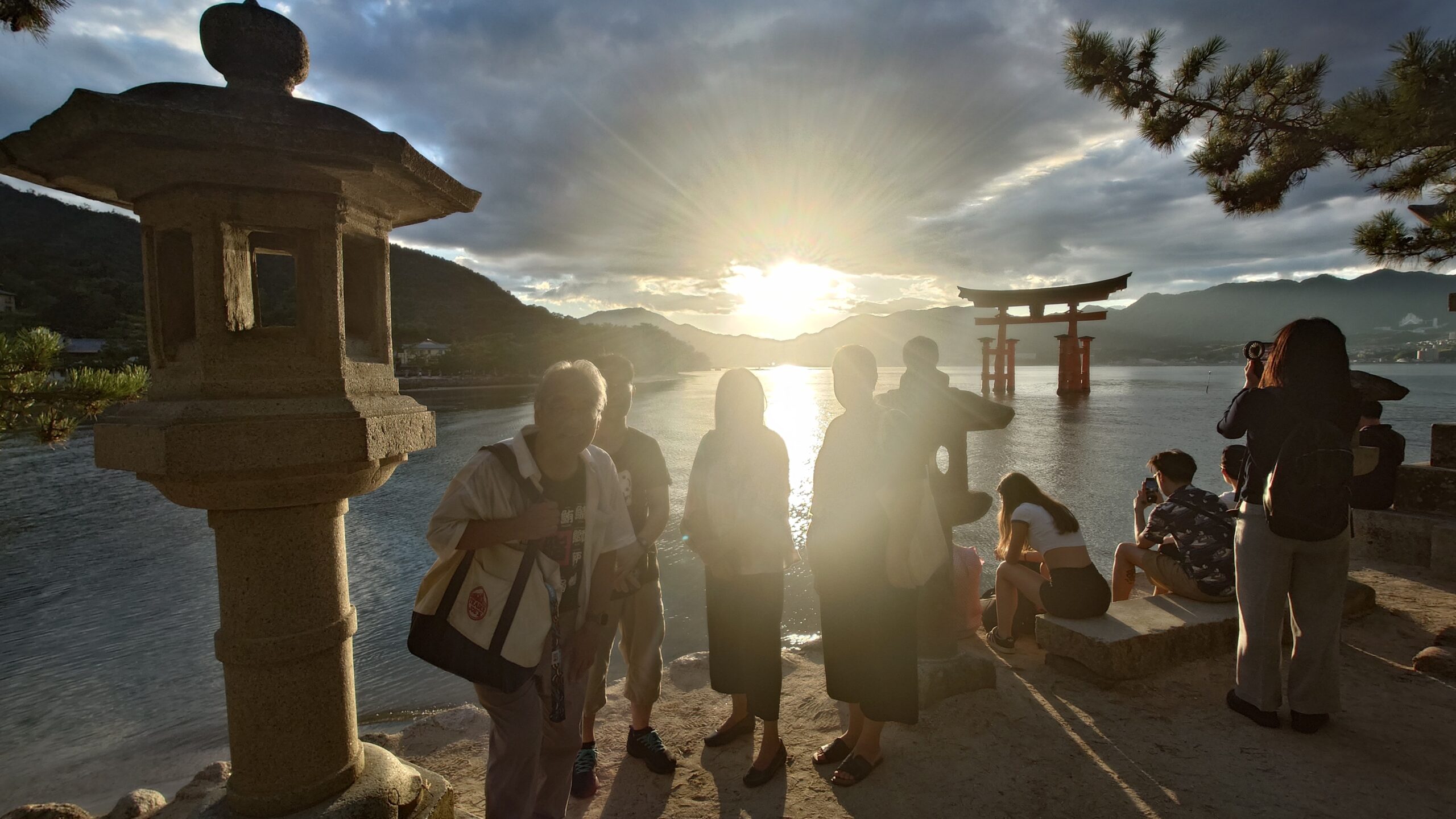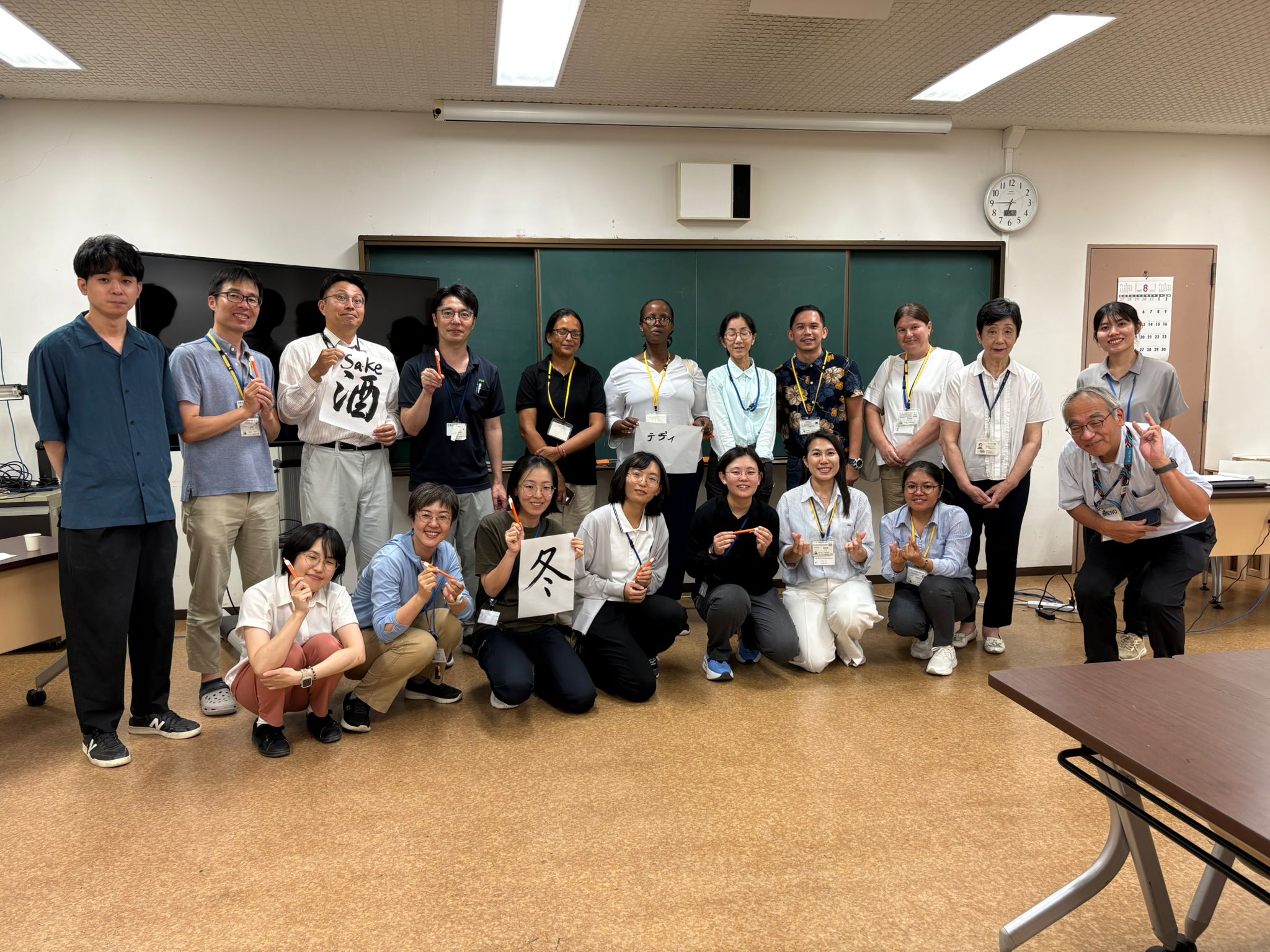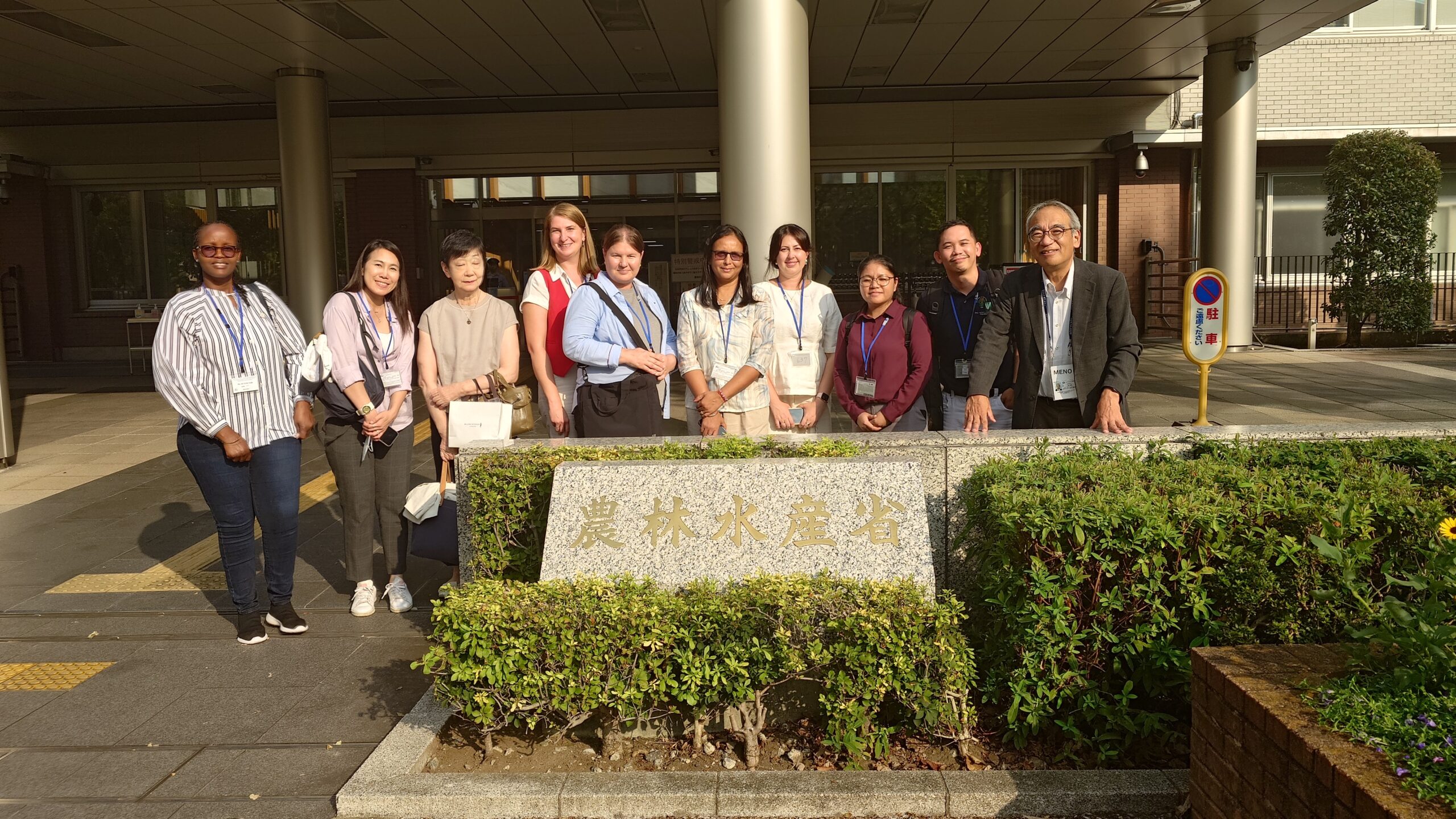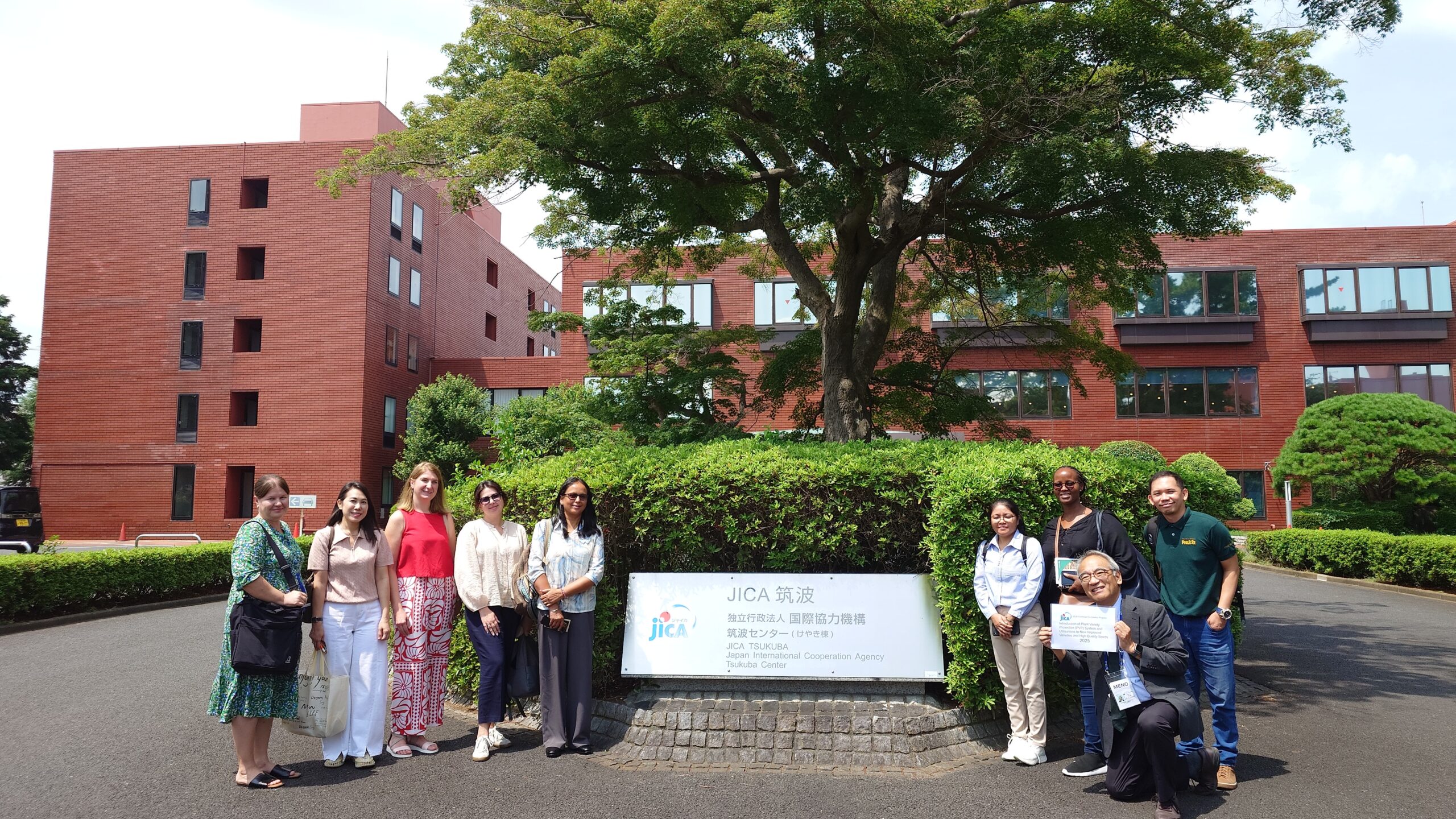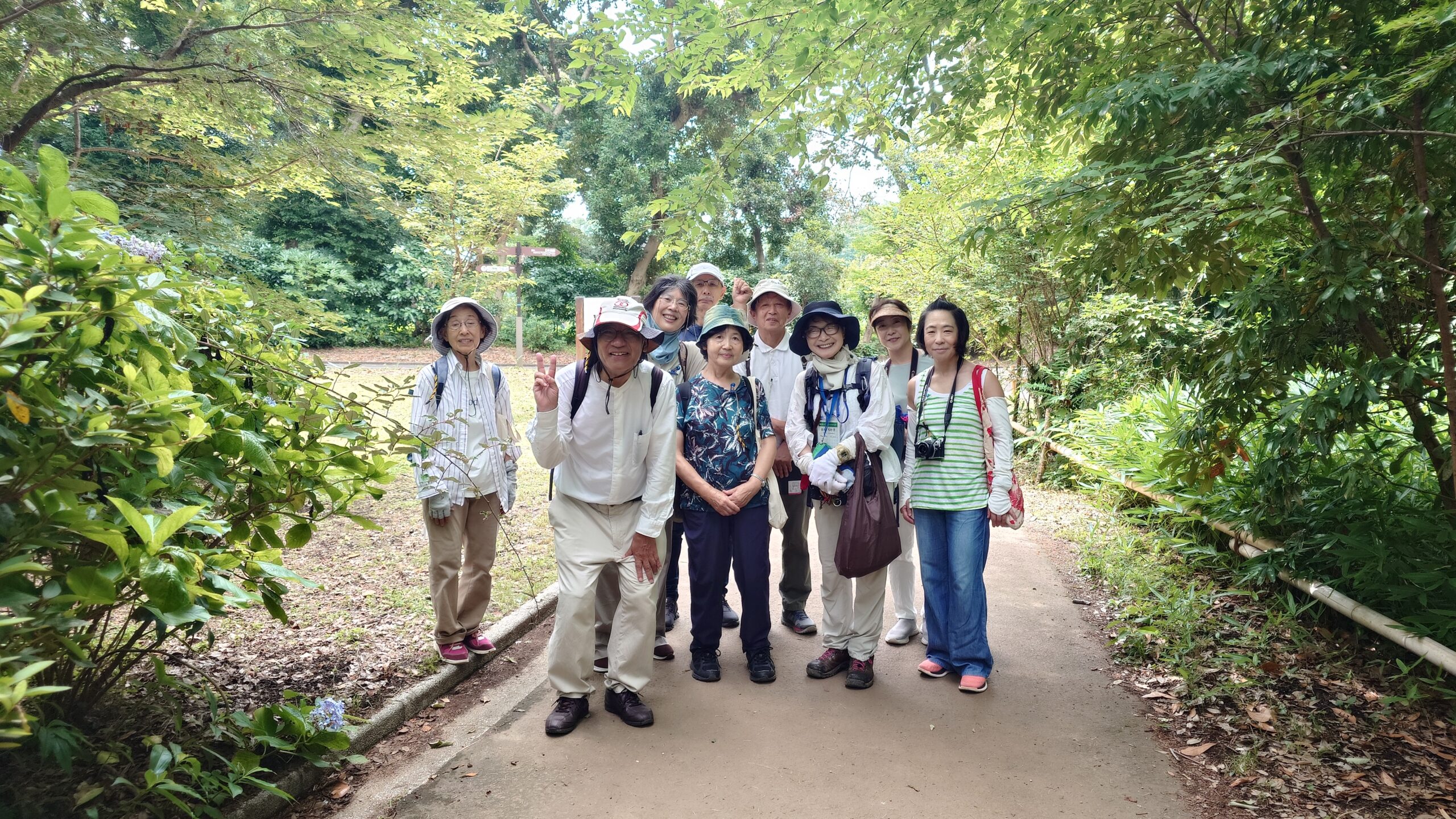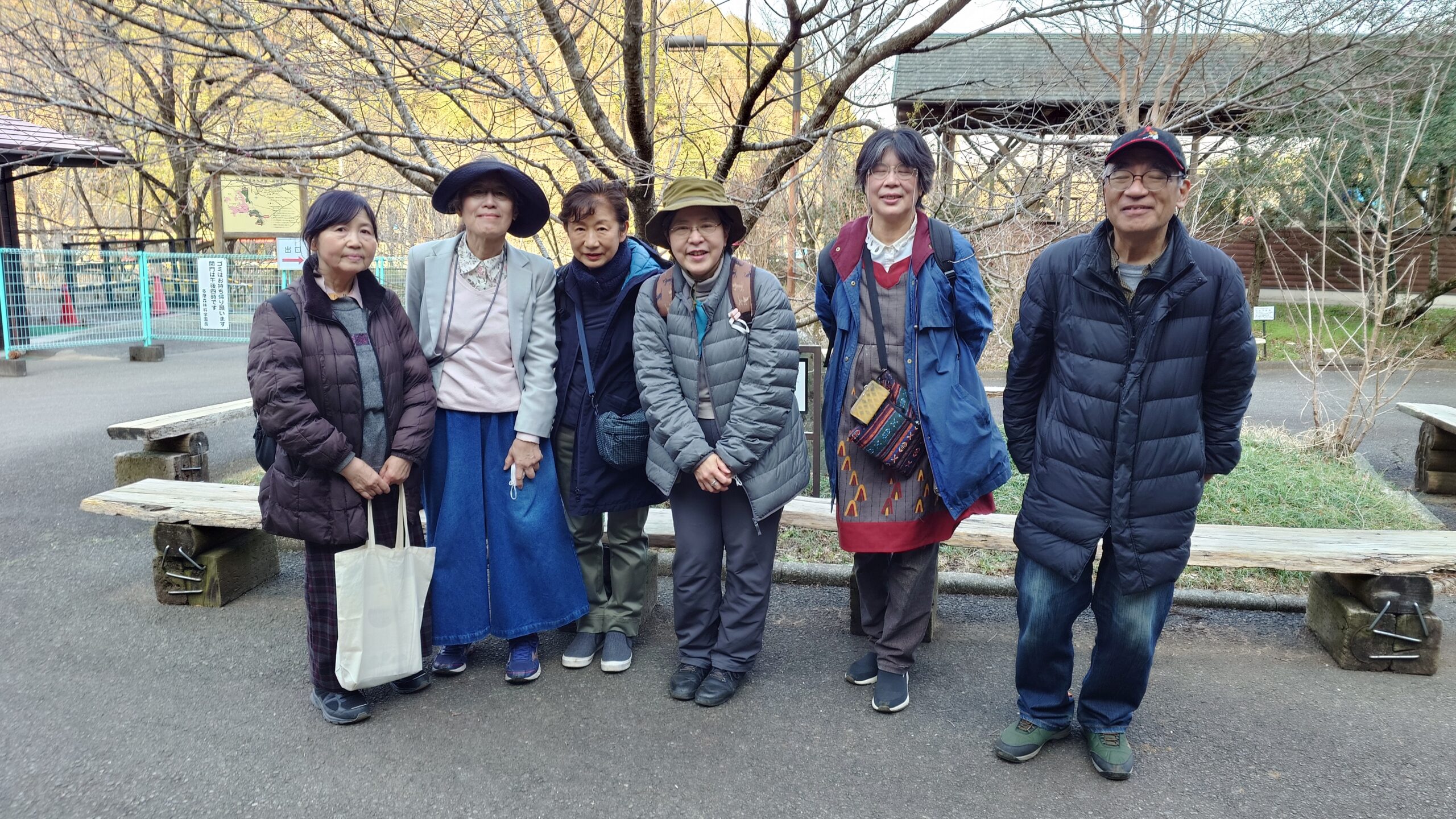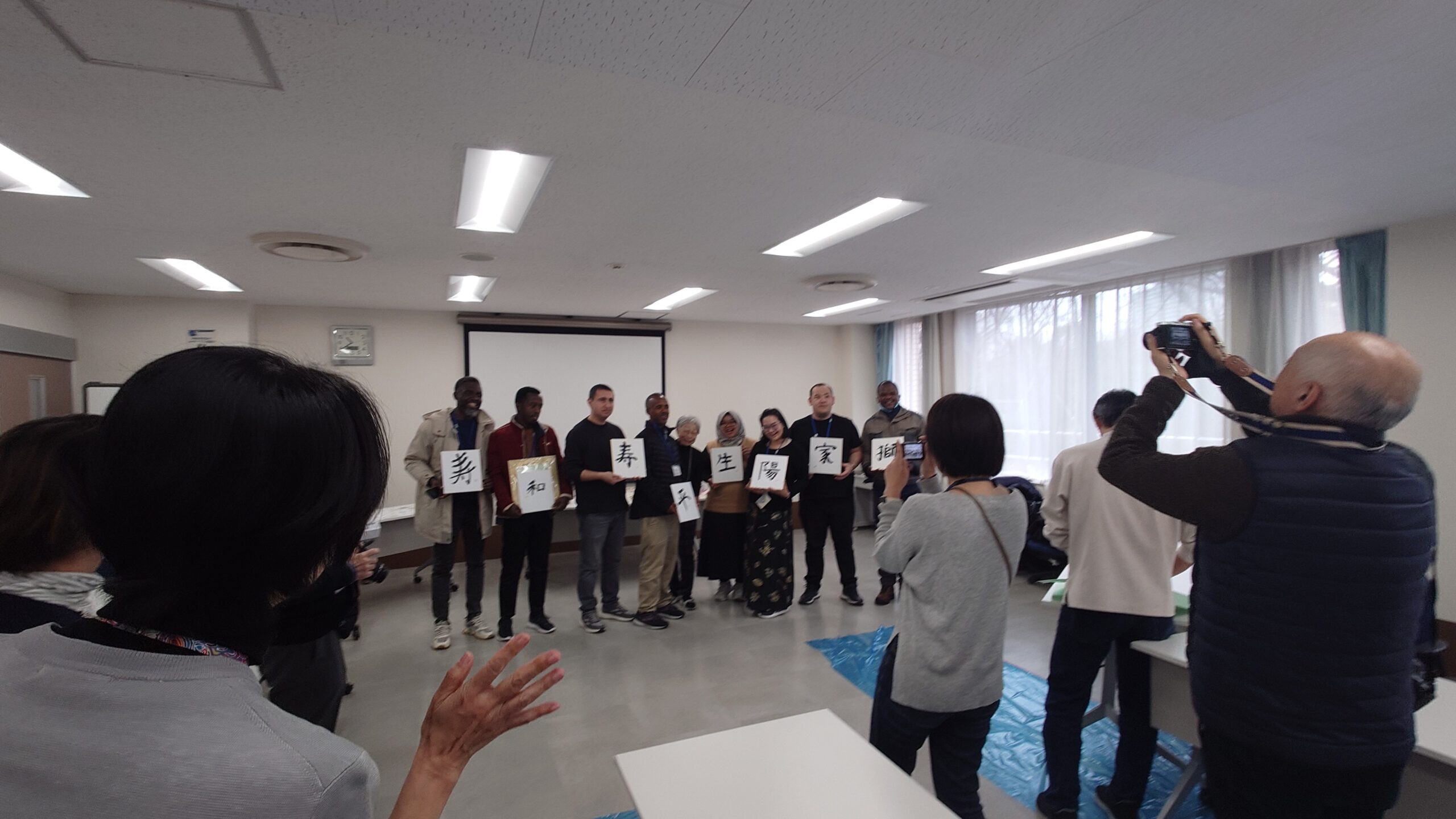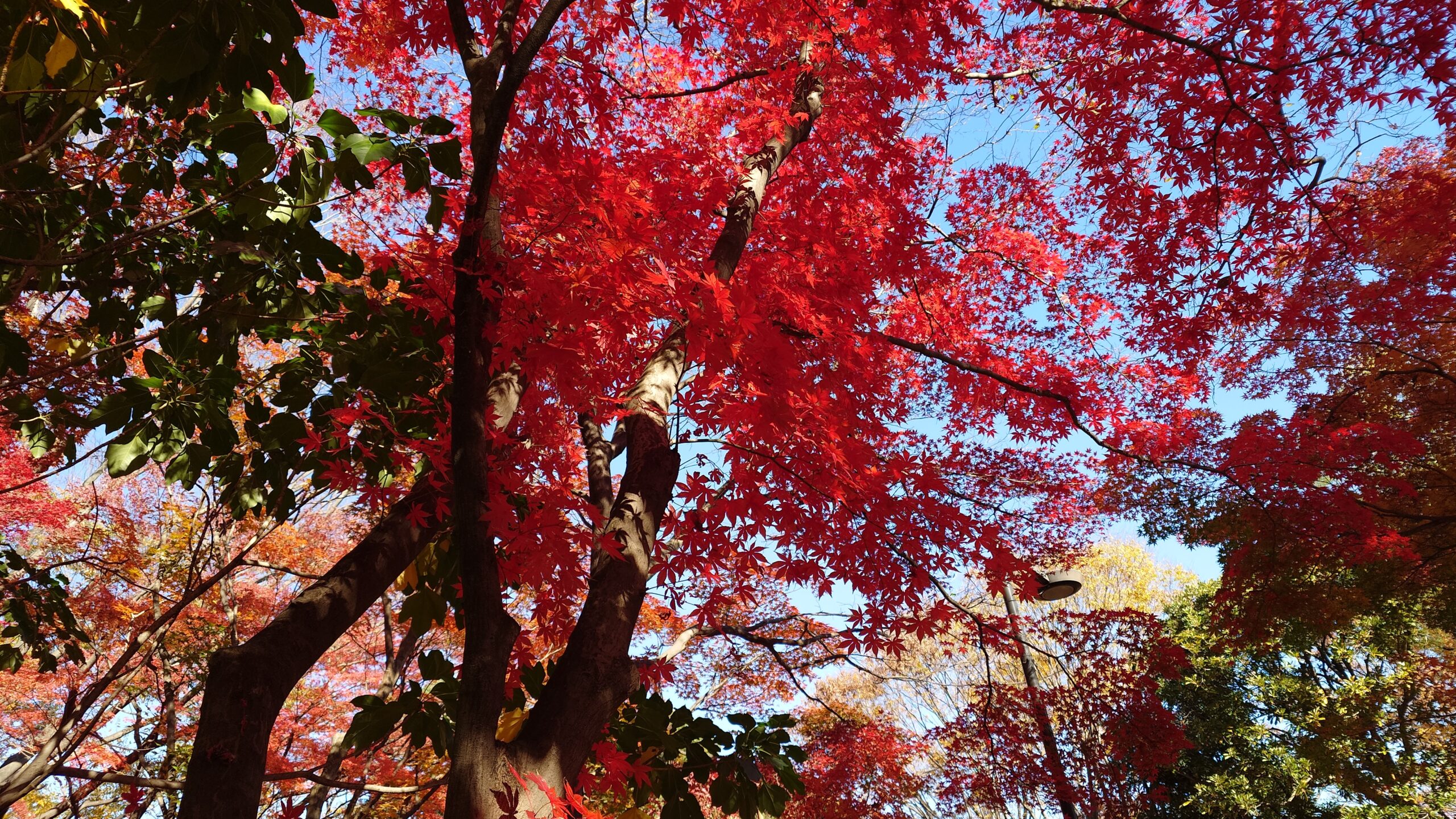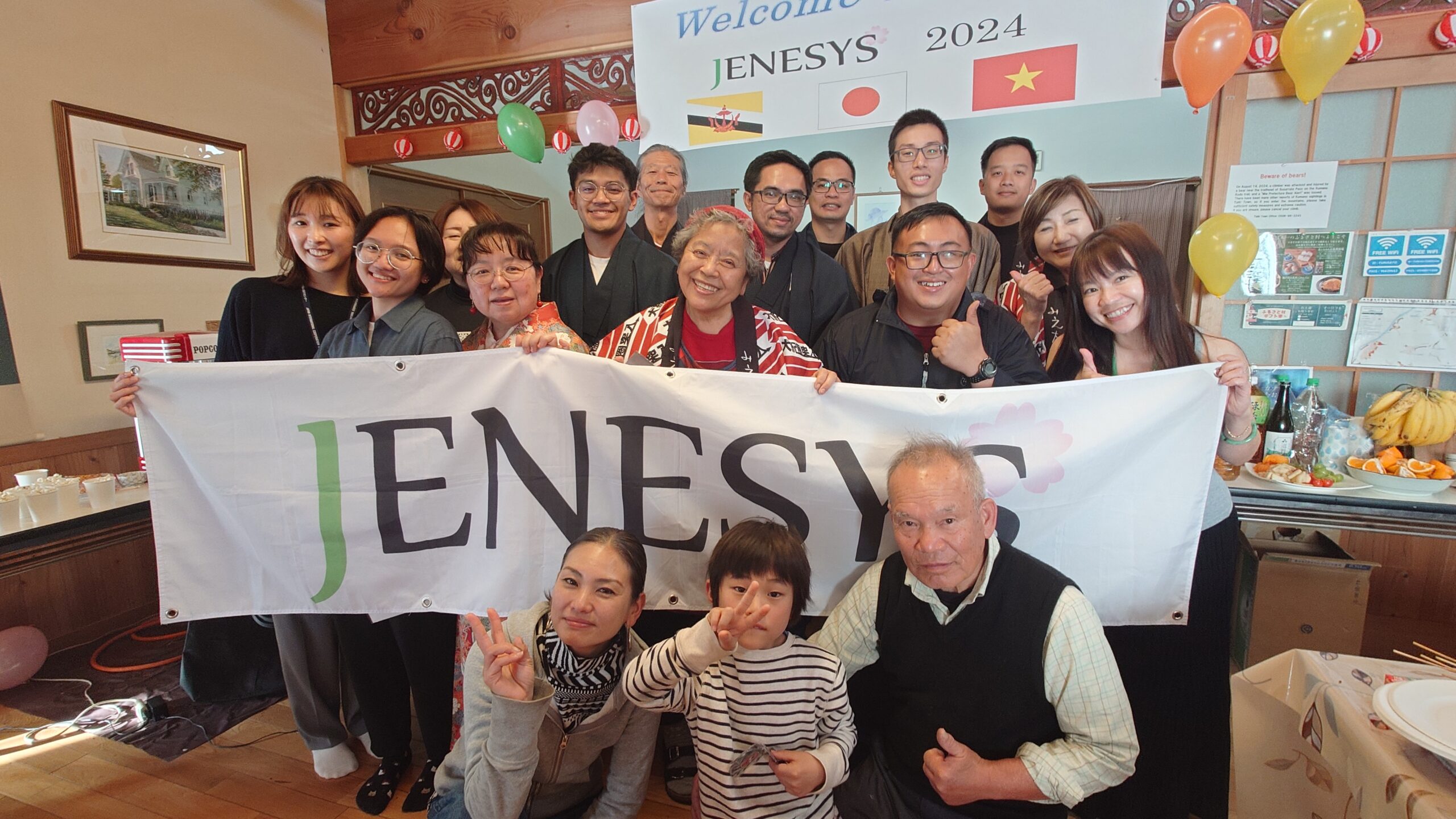Date: 13th July 2025
On Sunday, the nature exploration group of the Tokyo City Club, where I am a leader and planner, planned an observation event in the secondary forest of Shinjuku Gyoen. Although Shinjuku Gyoen is located in the middle of the city, there are trees in which large numbers of rhinoceros beetles and stag beetles have been seen in recent years, so I planned an observation event to consider the relationship between insects and plants and served as a guide. Walking through the woods, smelling the sweet scent of sap rising from the trunks of the sawtooth oaks, I was reminded of my childhood, when I used to run around the forests on the outskirts of Osaka, chasing rhinoceros beetles.
Usually, our group plans observation events focusing on flowers and plants, but this time, I planned an observation event focusing on insects, which is unusual. It is difficult to hold an observation event on the theme of wild animals, including insects, because I don’t know whether we will find our target, but the sap field, where sap seeps out of the trunks of the sawtooth oaks, is almost always a place where insects gather, making it the perfect theme for an observation event. However, I was a little worried about whether there would be any rhinoceros beetles gathering there, but I was relieved to find a few pairs of small beetles (unfortunately I couldn’t find any stag beetles on the day, but I’ve attached a photo of one I saw the day before when I scouted the area).
This sap bed is where the Sawtooth Oak is desperately trying to heal wounds made by insects by secreting sap to mend the wounds, but the larvae of a moth called the carpenter moth keep gnawing at the trunk to lure out food for themselves in order to capture the insects that gather around the sap, so the sap is constantly flowing, which makes it a nuisance for the tree. However, the wounds caused by the carpenter moth alone are not enough to kill the Sawtooth Oak, but if they are also attacked in groups by small beetle called Platypus quercivorus that transmit oak wilt disease, the Sawtooth Oak will eventually die. It seems that the Platypus quercivorus does not visit young, healthy Sawtooth Oaks very often, but rather gathers around old, large trees that would normally need to be regenerated. This large Sawtooth Oak tree, which attracts these beetles and brings us joy, is also suspected to have been attacked by the Platypus quercivorus, and it gives off a slightly complicated feeling when I think that it may be cring of agony throes before it withers.
The sap field is also home to wasps, a great enemy of the my childhood as rhinoceros beetle collectors of the past, and the Chinese native Purple Spotted Butterfly which is feared to compete with the native Spotted Butterfly due to its release by heartless butterfly enthusiasts. We were able to exchange opinions on various topics surrounding the ecosystem, making it a meaningful






